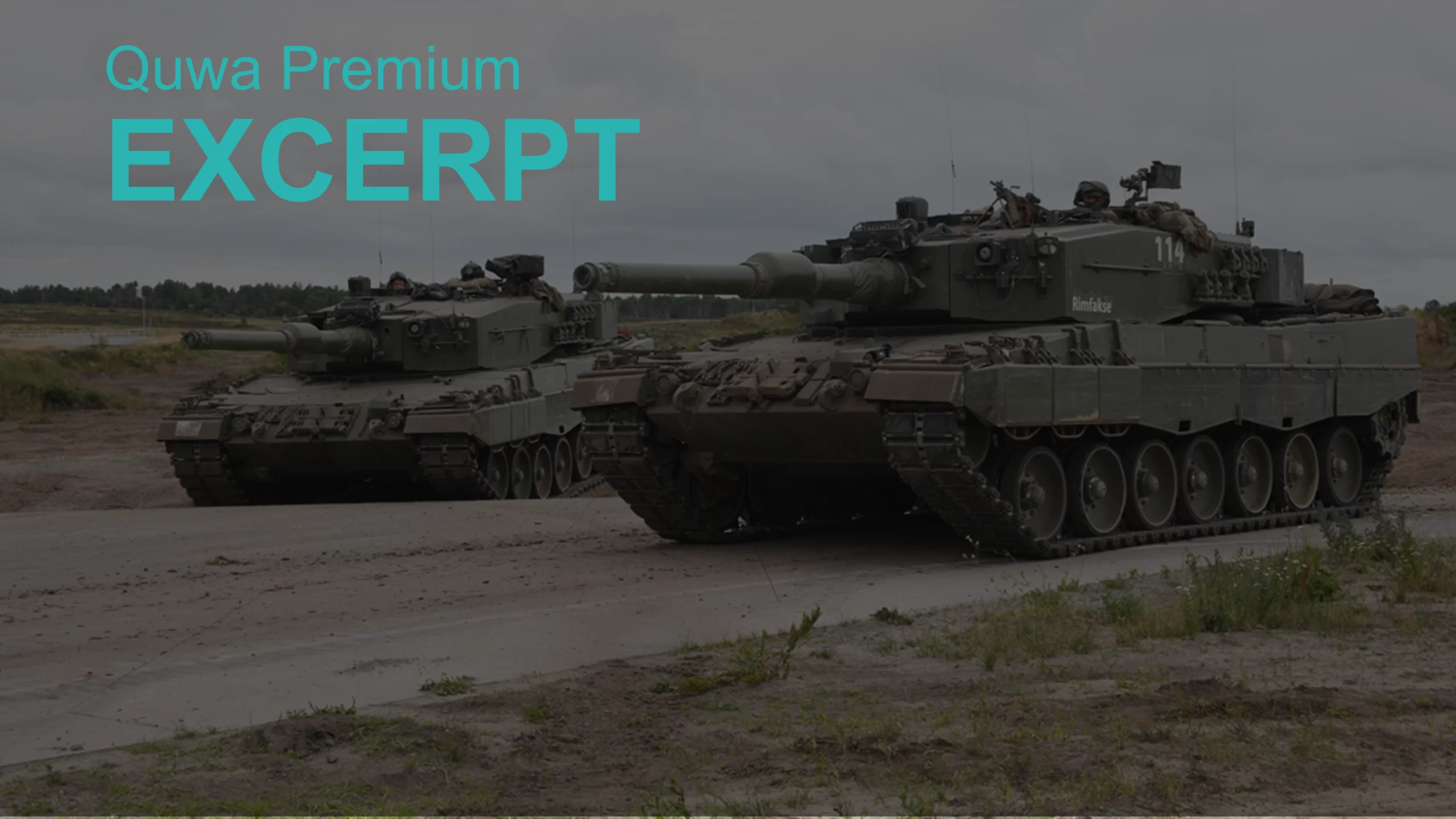2471Views

New Mainstay Weapons: Loitering Munitions
In recent years, armament vendors around the world began marketing ‘loitering munitions’ of numerous types and sizes to the global market. ‘Loitering munitions’ are functionally unmanned aerial vehicles (UAV) equipped with explosive warheads and guidance suites. In one way, these weapons draw on technologies from man-portable drones and small or miniature guided missiles or bombs. However, the key feature of a loitering munition, regardless of its size, is its ability to linger in the vicinity of a target at low speeds for more precise targeting or even reconnaissance prior to an attack.
Currently, the most prolific designers and manufacturers of loitering munitions are from China, Israel, and Turkey. However, the list of countries developing these weapons is growing, especially as militaries both understand the theoretical benefit of loitering munitions and see the mounting proof of how drone-based operations can affect conventional warfare scenarios. The U.S. Marine Corps (USMC), for example, opted to deploy the UVision Hero-120 through a modified LAV-25 wheeled armoured fighting vehicle (AFV). For the USMC, loitering munitions will play a key role in potential conflicts against ‘near-peer’ rivals, such as China and Russia. However, if loitering munitions are catching on with the U.S. military, one can imagine how far China or Turkey are envisioning loitering munitions usage and drone operations at large.
How Loitering Munitions Work
The design layout of a common loitering munition involves a 3 kg to 70 kg design. It relies on an electrical motor to power propellers for flight. The range, endurance and warhead size depend on the mass or size of the loitering munition. So, for example, the 3.5-kg ZT-5, which is offered by the Chinese firm Zhongtian Guide Control Technology Co. Ltd., has a 0.5 kg warhead, 40 km range, and 30-minute endurance. But on the other end of the spectrum, the 60-kg ZT-60 has a 25 kg warhead, 150 km range, and endurance of 90 minutes. While the larger ZT-60 would need a dedicated platform for carrying and launching it, the lighter ZT-5 can be carried and launched by an individual soldier. In any case, the nature of the common loitering munition’s inputs indicates that it is, by design, meant to be a low-cost, simple-to-build weapon.
Pakistan Must Take Loitering Munitions Seriously
Drone adoption is moving quickly in South Asia. Pakistan is building its own fleet of medium-altitude, long-endurance (MALE) UAVs. Turkey showed how one can use MALE UAVs for conventional warfare, but that is only one aspect of drone warfare. Pakistan must also consider drone swarming, loitering munitions, and loyal wingman UAVs as part of its future as well. India is actively working on both of those aspects.
End of Excerpt (432 / 1,193 words)
You can read the complete article by logging in (click here) or subscribing to Quwa Premium (click here).
For more insights on Pakistan’s strategic programs, see:
- Pakistan Looks at Expanding Space Program
- Pakistan’s UAV Development, Deployment, and Future
- The Push to Boost Pakistan’s Space Program
- A Look at Pakistan’s New Instrumented Weapons Test Range
- Project AZM: Updates to Pakistan’s Next-Generation Fighter Program
- The Future of Pakistan’s Airborne Nuclear Deterrence Capability


